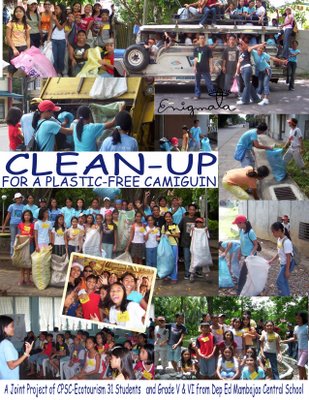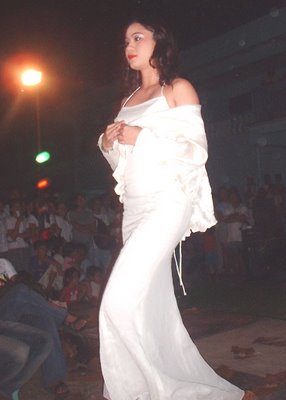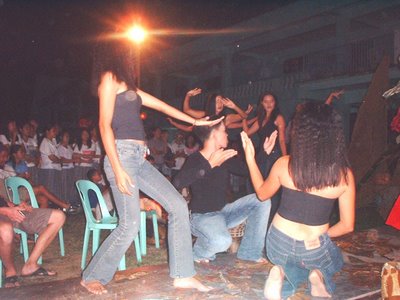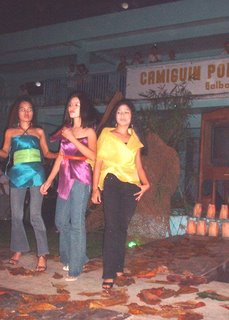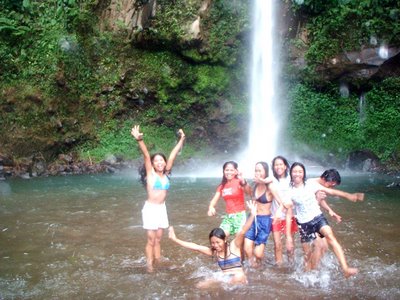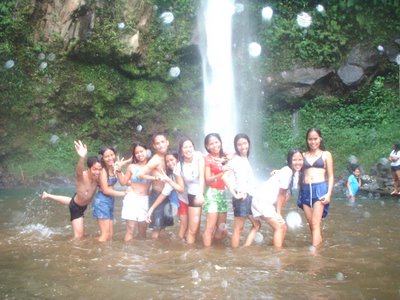Stories and Legends
During the pre-Spanish time until the American occupation, piracy, kidnapping, and banditry were rampant along the coastline of the country. In Mindanao, the Moro were the most notorious group who rampaged with the villagers especially in those islands that were accessible to their vintas.
In Camiguin, there were vicious looting, kidnapping and the marauders used to set the villagers on fire, leaving the islanders in complete panic. It was with this sad experience that the relatives in the southern part of the island joined their efforts to counteract merciless attacks. They agreed to construct a watch tower. Day in and day out, the villager turns in looking over the sea from the tower in which invaders if there would probably succumb to their prepared traps, spears, and pointed bamboos.
At present, the people call the tower, Moro Tower. The place where the tower was built is now the Municipality of Guinsiliban which was originally called "ginsilipan".
( more stories will be posted soon... please help gather more legends and stories)






